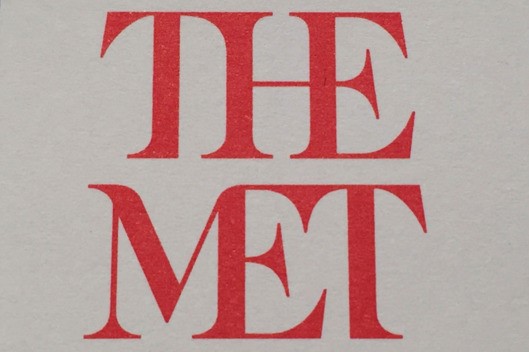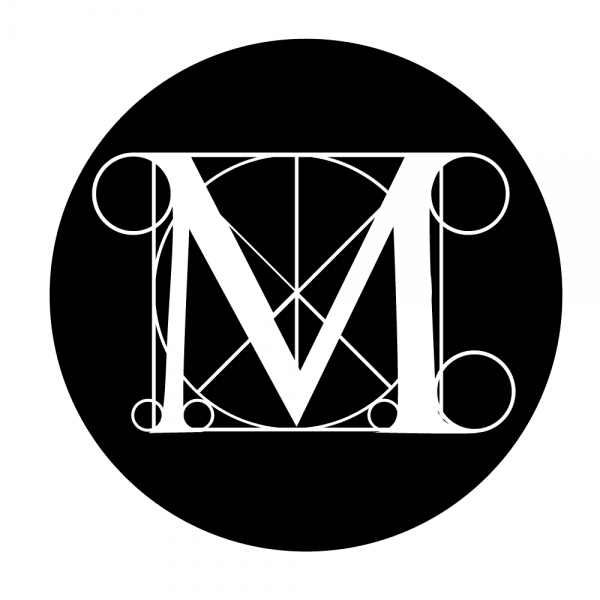The end of a Renaissance era
In many cities of the world, where identity is founded upon a decadent array of artistic styles, genres and ideas, art galleries function as a hub of cultural history. The Metropolitan Museum of Art, New York, is no exception.
Known colloquially as the Met, it was founded in 1870 and has been open to the public since 1872. Its two million works span 17 curatorial galleries and feature everything from modern art to Byzantine offerings, as well as permanent and temporary exhibitions – from musical instruments to baseball cards, every taste is catered for.
Since 1971, the Met’s visual identity has been styled on the Divina proportione woodcut created by Renaissance-era Fra Luca Pacioli. This, in turn, was based upon the ubiquitous Vitruvian Man drawing by Leonardo di Vinci – the letter M overlays a circle and a square, with corresponding smaller circles reflecting the proportional geometry so characteristic of Renaissance art.
Yet the gallery’s new logo, created by international design agency Wolff Olins, ensures that the Renaissance era has finally passed to make way for the gallery’s new visual identity.
The words ‘The Met’ will now underpin all of the gallery’s branding, marketing and communications. By infusing the new block serif with a splash of bright colour, the logo has been given a 21st century makeover; its letters now flow into one another, creating an illusion of calmness and order.
The monochrome of the old visual expression has also been forgone in favour of a more colourful approach, replacing the black ‘M’ and its corresponding detail with a rustic red serif. Designed to be bold, striking and accepting, Wolff Olins aims to expand the reach of New York’s iconic gallery beyond the city boundaries.
With their presence a cultural attraction characteristic of almost every major city, art galleries play a role like no other in satisfying the mind of the creative, and entertaining the mind of the art lover. It remains to be seen whether the Met’s place as a cultural institution will be compromised by the loss of a logo universally loved and recognised by many.
Since 1971, the Met’s visual identity has been styled on the Divina proportione woodcut created by Renaissance-era Fra Luca Pacioli. This, in turn, was based upon the ubiquitous Vitruvian Man drawing by Leonardo di Vinci – the letter M overlays a circle and a square, with corresponding smaller circles reflecting the proportional geometry so characteristic of Renaissance art.
Yet the gallery’s new logo, created by international design agency Wolff Olins, ensures that the Renaissance era has finally passed to make way for the gallery’s new visual identity.
The words ‘The Met’ will now underpin all of the gallery’s branding, marketing and communications. By infusing the new block serif with a splash of bright colour, the logo has been given a 21st century makeover; its letters now flow into one another, creating an illusion of calmness and order.
The monochrome of the old visual expression has also been forgone in favour of a more colourful approach, replacing the black ‘M’ and its corresponding detail with a rustic red serif. Designed to be bold, striking and accepting, Wolff Olins aims to expand the reach of New York’s iconic gallery beyond the city boundaries.
With their presence a cultural attraction characteristic of almost every major city, art galleries play a role like no other in satisfying the mind of the creative, and entertaining the mind of the art lover. It remains to be seen whether the Met’s place as a cultural institution will be compromised by the loss of a logo universally loved and recognised by many.














